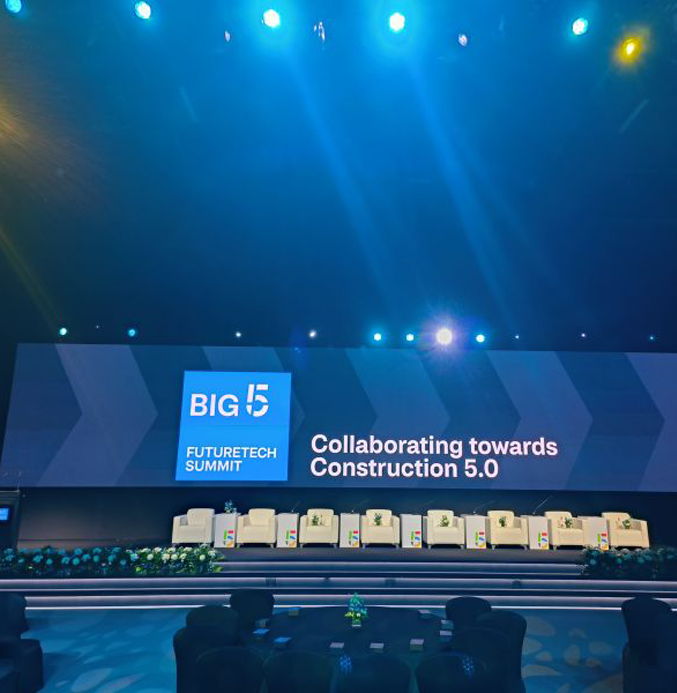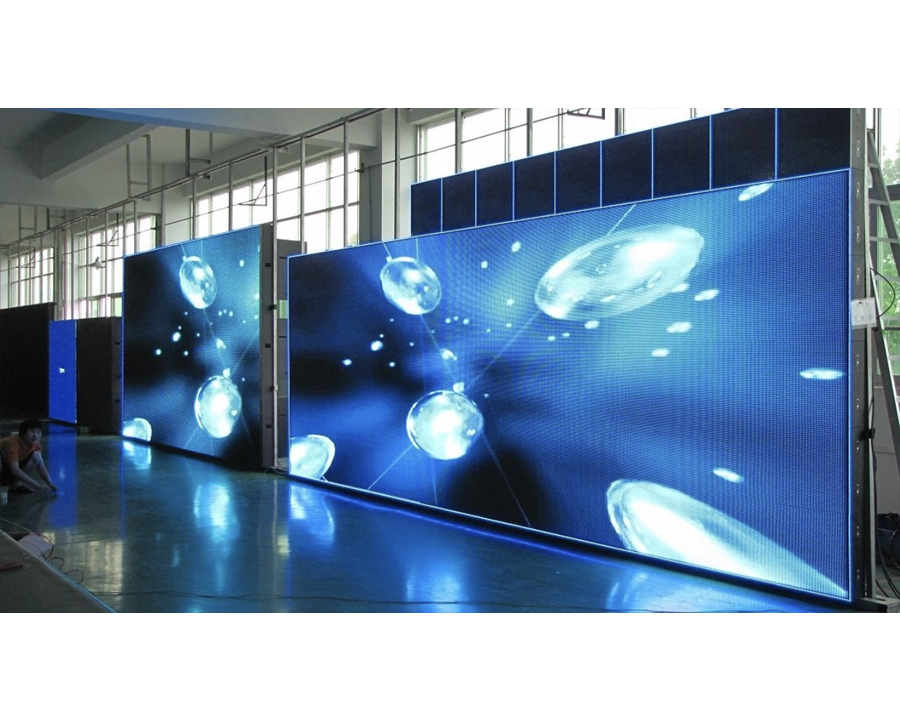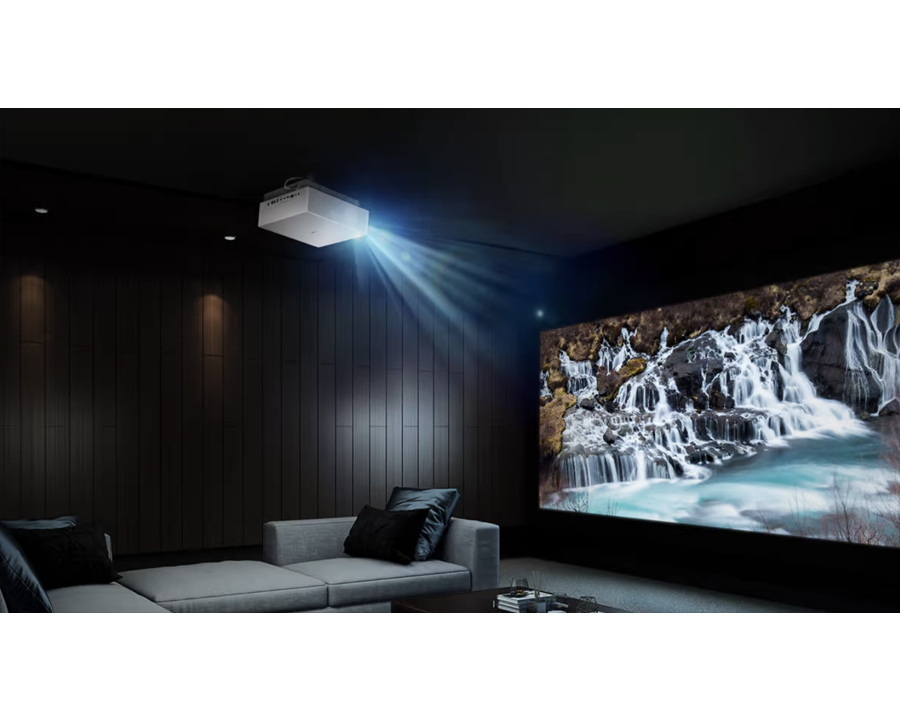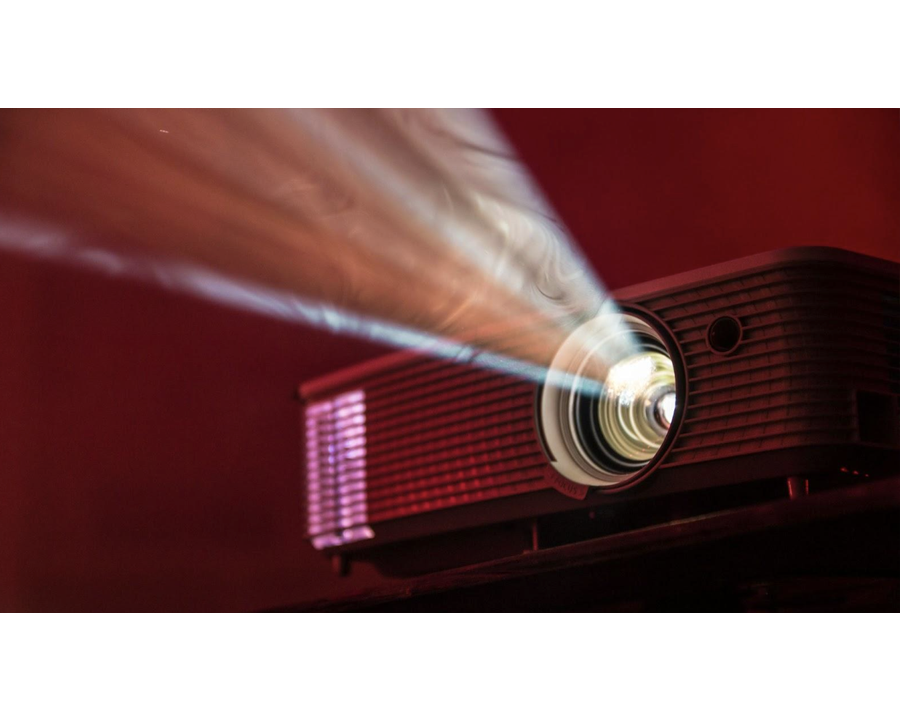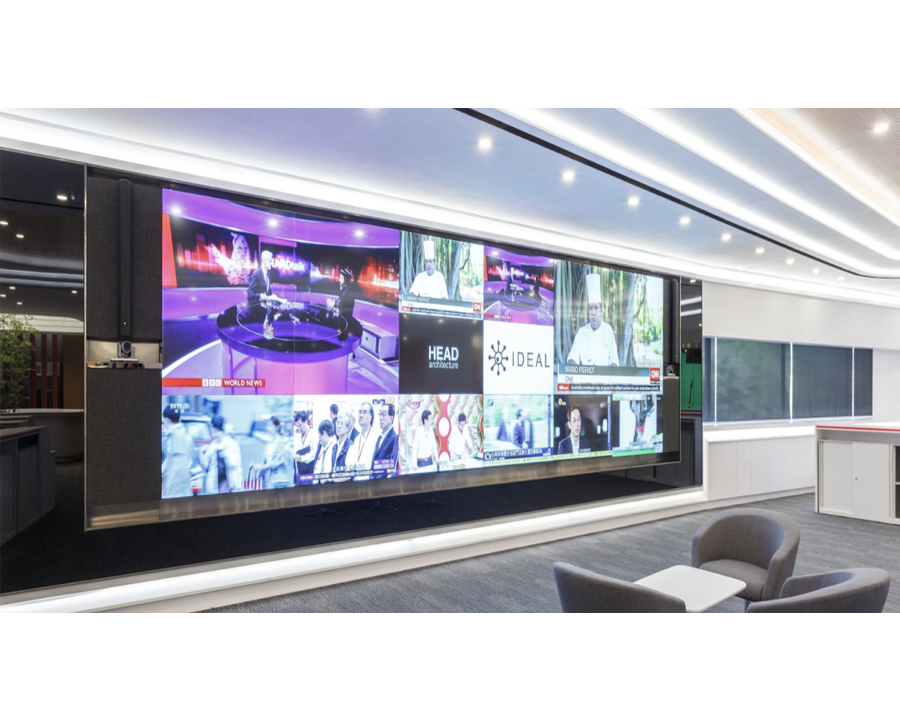
Whenever one has to choose a display solution for indoor environments. The same question always arises. Are indoor LED walls better than projectors ? Each of them has its strengths. But you will need to understand their key differences to pick the best option for your needs.
What Are Indoor LED Walls?
Indoor LED walls are the advanced form of the latest technology display technologies that are capable of displaying high quality pictures through light emitting diodes also referred to as LEDs. This consists of several LED panels where the individual LED panels seamlessly integrate with a larger LED panel. Indoor LED walls, unlike traditional screens or projectors, do not require any external lighting. Each single LED emits its own light. Giving them more vivid colors, superior contrast, and exceptional brightness.
One of the most significant advantages of indoor LED walls is their versatility. From corporate presentations to retail advertising, event backdrops, and entertainment venues, to education. For instance, in retail, indoor digital signage driven by an LED wall attracts customers through dynamic, vivid visuals. Indoor LED display screens have clear, sharp presentations that remain quality even in a brightly lit room.
These walls are built through modular indoor LED panels that allow customers to choose their size and resolution depending on their requirement. Seamless integration of panels ensures zero gaps. Giving a great and smooth visual experience to the viewer. Whether it be indoor digital signage for a small room or a massive event LED screen. LED walls are scalable and prove to be a reliable option.
Further, the LED walls are durable, and this implies that they can last for more than one hundred and twenty five thousand hours. They are therefore economic in the long term. Since they will require little maintenance compared to other display technologies.
What are projectors?
Projectors therefore are devices that utilize a source of light to throw images on a flat surface for instance a screen or a wall. A considerable degree of them can be applied for business or work presentations, educational institutions, and home theaters. They work by either passing light through a liquid crystal display panel or reflecting light using digital light processing technology.
LCD projectors rely on liquid crystal panels to achieve the display. Which gets lit up through a light source. LCD projectors boast very vibrant and bright colors. The DLP projector reflects the light off of tiny mirrors to deliver sharp, high-contrast images. Of course, both types of projectors could give excellent output. This is, however, still at the mercy of environmental conditions that surround the area where the presentation is being made.
Projectors are often designed so that they can be moved around with ease. Making them popular for temporary installment conditions. They are, therefore, applied in places like classrooms for viewing educational materials and corporate boardrooms for PowerPoint presentations . Once more, the quality of the projection set is dependent on screen material, ambient light, or even projector alignment.
Unlike indoor LED walls, projectors require some periodic maintenance, such as replacing the bulbs from time to time and cleaning elements like filters so that images appear sharp. Besides, in very bright conditions, the projector does not work that well. Since images may look faded or washed out.
Comparing Indoor LED walls And Projectors
Hence, the comparison of indoor LED walls and projectors has to be drawn out in the light of a few important features. Such as display quality, brightness, lifetime, maintenance, and performance.
Quality Display: The display quality is the most essential part of any display technology. Indoor LED walls offer higher picture quality with saturated colors, deep blacks, and even screen brightness. LED walls are designed in such a way that no gap can be seen to give an ultimate view. While projectors can show high-resolution images, many times they cannot maintain that resolution in brightly lit environments. Additionally, projector images tend to lose sharpness over time due to bulb wear and alignment issues.
Another aspect in which indoor LED walls excel is brightness. It is designed to deliver high brightness levels. Making it ideal for areas with strong ambient lighting conditions. In the case of projectors, for brightness and excellent contrast, dimly lit environments are highly recommended. In well-lit rooms, projector images may appear dull and less appealing.
Where lifetime is concerned, indoor LED displays come out very well. LED walls can easily last over 100,000 hours without any visible deterioration in performance. In contrast, projectors have a much shorter lifespan. Since their bulbs need frequent replacement and other components may degrade over time.
Another important factor is maintenance. Indoor LED walls require almost zero maintenance after installation. Indoor LED walls are solid and withstand normal wear and tear quite well. Projectors, on the other hand, require routine maintenance related to bulb replacement, cleaning, and recalibration. The outcome is more downtime with increased operating costs.
Indoor LED walls are much more versatile in performances. They can display every content format simultaneously. Making it perfect for dynamic presentations and advertisements, and interactive applications. Projectors lack such adaptability and are not often capable of displaying much more than static.
Cost comparison of indoor LED walls Vs. projectors
Another big factor in the indoor options of LED walls over projectors is cost. While projectors, whose cost is very affordable up-front. The projector presents a different tale in ownership altogether.
The price for an indoor LED display screen may look a bit high at the very beginning. It will include panels, installation, and some extra equipment to be installed with the display. However, this is a one-time investment since the LED wall has a very long life and requires minimum maintenance. They are also energy-efficient and consume less power compared to high-lumen projectors. With time, these will definitely save energy and reduce the cost of its maintenance. Hence being cost-effective.
Projectors are relatively cheap upfront but have major ongoing expenses. Bulbs have to be changed out regularly, and other maintenance. Such as cleaning and alignment adjustments, tacks on extra costs. Moreover, projectors use much more energy. Especially the high-brightness units that are required for larger screens. If you factor in these ongoing expenses. The overall cost of ownership of a projector can very quickly surpass the cost of an LED wall.
Indoor LED walls are a better value for money since businesses can invest in long term solutions with them. Their long life and low maintenance costs make them cheaper in the long run.
Suitability For Indoor Environments
Their applicability also depends on the needs in either the indoor LED wall or projectors.
In business settings, indoor LED walls work quite well in presentations, meetings, and conferences. In such large rooms, one can view and understand with great resolution and clarity of the display. The projector is fit for this place but could be outshined because of problems associated with the well lit areas affecting visibility.
Indoor LED walls shine for retail environments. They create striking indoor digital signs that catch customers and heighten the experience of shopping. Due to the vividness of the display and costume design. LED walls are just perfect for promotional and advertising content. On the other hand, projectors lack enough brightness and do not have the dynamic appeal required in retail applications.
Indoor LED walls also benefit places of entertainment, such as concert halls, gaming zones, and sports events. LED walls ensure bright, vivid visuals that engage audiences in every way. Projectors can be installed in these places. But most of them disappoint due to low brightness and maintenance issues.
Indoor digital signage, along with the power of LED walls, can enhance learning through clear, interactive content in educational spaces. Projectors work in classrooms. But even those require constant adjustments and could even disrupt lessons because of their needs for maintenance.
Reasons To Choose Indoor LED Walls Over Projectors
Following are the major reasons why indoor LED walls are preferred over projectors in terms of indoor display requirements.
First and foremost, indoor LED walls create an incomparable visual effect and impact. The clarity, range, and consistency of colors ensure that your content is vibrant and will stick in people’s minds. Unlike projectors, which can look dim and washed up in very bright light situations. LED walls retain their effect irrespective of ambient lighting conditions.
Second, LED walls are much more durable. They are designed to play music for hours on end as the quality of the sound does not diminish in any way. LED displays indoors have a life expectancy of more than one hundred thousand hours. While projectors fall well behind this number. Because of this, they can be extremely reliable for a business or place that requires them constantly.
Third, indoor LED panels are very adaptable. You are free to tailor your LED wall by size, resolution, and configuration to what will work for you. From a small indoor digital sign to a very big one for an event. LED walls can always be made to suit requirements. Projectors face screen size and placement constraints that limit their uses.
Fourth, LED walls are power-saving. They use lesser power compared to high-brightness projectors. Thereby saving your energy bills over time. This efficiency added to the low maintenance they require makes LED walls budget friendly.
Finally, indoor LED walls allow for a seamless view. The modular design keeps away gaps between panels. So your content is displayed without interruptions. It is almost impossible to reach this quality and precision with a projector.
Conclusion
Indoor LED walls certainly provide advantages over projector options when it comes to visual, durability, and versatility. Though projectors may appear financially attractive upfront. If one opts for an indoor LED wall, they are opting for quality and assurance for many more years.
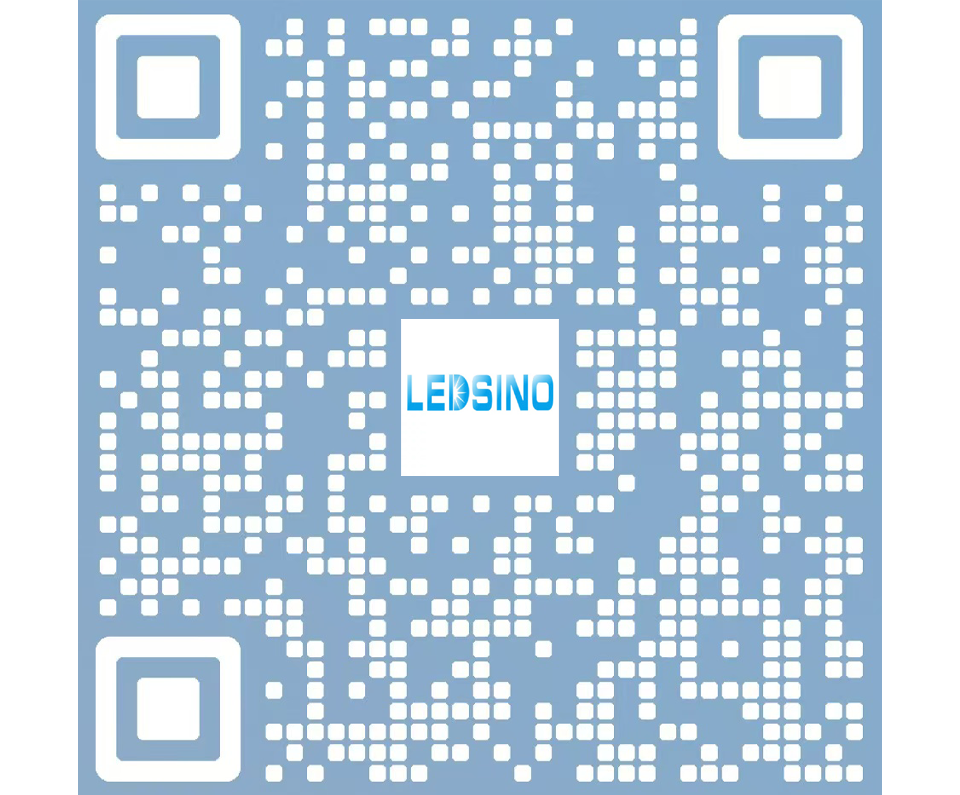
Enter the digital world with our advanced display technologies.


